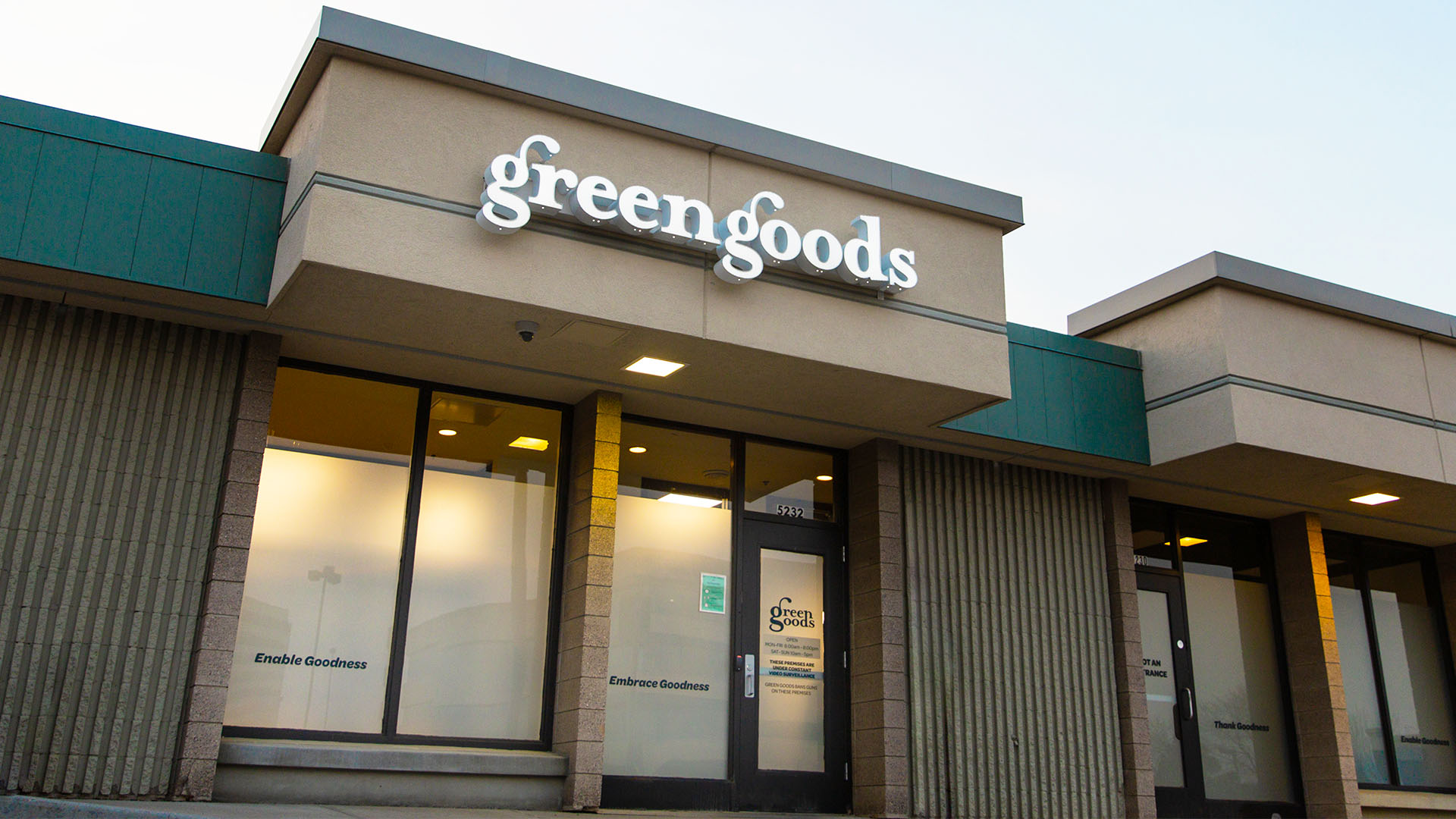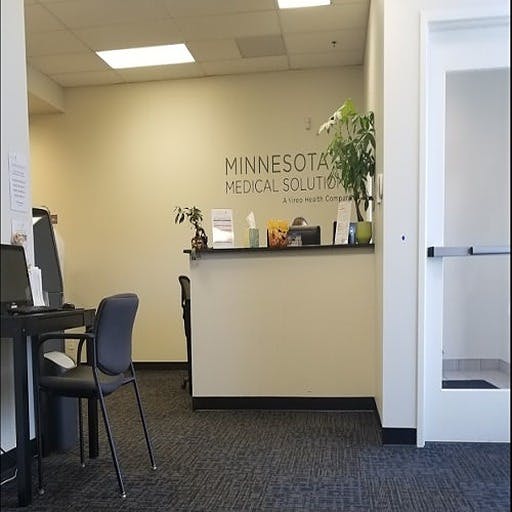Why does the name "green goods bloomington" resonate with such a specific, localized energy? Because it speaks not just of a place, but of a community, a commitment, and a unique intersection of commerce and culture within the vibrant tapestry of Bloomington, Indiana.
The phrase, seemingly simple at its face, holds the potential to unpack a complex story, a narrative woven with threads of local enterprise, agricultural endeavors, and perhaps even a hint of environmental consciousness. Delving into the essence of "green goods bloomington" requires a multi-faceted approach, examining its potential definitions and exploring its real-world manifestations. Is it a shop specializing in organic produce, a community garden initiative, or a movement advocating for sustainable practices in the heart of Indiana? The answer, most likely, is layered, and the richness lies in the details.
Let's consider the possibilities. "Green goods" immediately conjures images of fresh, locally-sourced products. This could be anything from fruits and vegetables harvested from nearby farms to eco-friendly household items. The location, Bloomington, solidifies the context. Bloomington, Indiana, is a city known for its intellectual atmosphere, its diverse population, and its vibrant arts scene. This juxtaposition creates an interesting backdrop for the "green goods" concept, suggesting a potential for a sophisticated clientele seeking quality and sustainability.
If we were to envision "green goods bloomington" as a business venture, several scenarios present themselves. It could be a farmers' market, a brick-and-mortar store, or an online platform dedicated to connecting consumers with local producers. In a digital age, the online presence would be critical, offering product information, customer reviews, and perhaps even delivery services. The success of such a venture would depend heavily on several factors: the quality of the goods offered, the pricing strategy, and the ability to build a strong brand identity that resonates with the values of the Bloomington community. The emphasis on "green" would likely mean a focus on organic, ethically sourced, and environmentally friendly products.
Alternatively, "green goods bloomington" could represent a broader movement. Perhaps it is an initiative spearheaded by local organizations or community members, aiming to promote sustainable practices within the city. This could involve educational workshops, community gardens, or partnerships with local businesses to reduce waste and encourage eco-friendly consumption. Such a movement would likely have a strong online presence, utilizing social media platforms to disseminate information, mobilize volunteers, and showcase success stories. Collaboration would be key, forging alliances with local schools, universities, and environmental groups to amplify its impact.
The economic implications of "green goods bloomington" are significant. A thriving local food system, for example, could create jobs, stimulate the local economy, and improve the health of the community. Supporting local farmers and producers not only provides consumers with access to fresh, nutritious food but also reduces the environmental impact associated with long-distance transportation. Furthermore, a commitment to sustainability can attract visitors and businesses who prioritize eco-conscious values, boosting the city's reputation and economic vitality.
The term also offers opportunities for artistic and cultural expression. "Green goods bloomington" could be a subject for local artists and photographers, capturing the beauty of the local landscape and the bounty of its harvests. It could also inspire culinary creations, showcasing the flavors of the region through seasonal menus and cooking classes. The arts and culture scene could provide a powerful platform for promoting the values of sustainability and community engagement.
Exploring the specifics of "green goods bloomington" also requires an understanding of the local regulatory environment. Are there zoning restrictions that impact the establishment of farmers' markets or urban farms? Are there incentives for businesses that adopt sustainable practices? Navigating the local ordinances and building positive relationships with city officials would be essential for any initiative seeking to make an impact. Furthermore, an understanding of the local consumer market is crucial, including the income levels, the purchasing habits, and the values of the residents of Bloomington.
Moreover, understanding the competitive landscape is important. What other businesses or organizations are already active in the local food and sustainability sectors? Identifying potential collaborators and differentiating oneself from the competition are crucial steps. A successful "green goods bloomington" initiative would likely need to carve out a unique niche, offering a distinctive value proposition that resonates with the target audience.
The phrase also hints at the importance of education and community outreach. Educating consumers about the benefits of locally sourced, sustainable products is essential. Organizing workshops, offering cooking demonstrations, and partnering with local schools can help build awareness and drive demand. Reaching out to underserved communities and ensuring equitable access to healthy food is also an important consideration. A truly successful "green goods bloomington" initiative would strive to be inclusive and accessible to all residents.
Furthermore, considering the long-term viability of any venture tied to "green goods bloomington" is essential. Building a sustainable business model that can withstand economic fluctuations and changes in consumer preferences is paramount. Diversifying product offerings, building strong relationships with suppliers, and staying adaptable to evolving trends are key strategies for long-term success.
The impact of "green goods bloomington" extends beyond the purely economic. It has the potential to foster a stronger sense of community, connecting people to the source of their food and fostering a shared commitment to environmental stewardship. It can also serve as a catalyst for social change, promoting ethical consumption and raising awareness about the environmental and social impact of our choices.
In essence, "green goods bloomington" represents much more than just a collection of words. It encapsulates a vision for a more sustainable, vibrant, and community-focused future. It embodies the potential for economic growth, environmental responsibility, and social engagement. The specific details may vary, but the underlying principles remain the same: a commitment to quality, a dedication to sustainability, and a desire to build a better Bloomington for all.
To further explore this concept, we must consider the specific context. Given the broad interpretation, "green goods bloomington" could refer to any number of entities, from a local business to a community movement. Let's imagine it represents a hypothetical entrepreneur, Sarah Miller, who has launched a "green goods" initiative.
The following table presents some basic information about Sarah Miller and her hypothetical enterprise:
| Attribute | Details |
|---|---|
| Name | Sarah Miller |
| Age | 38 |
| Occupation | Founder, "Bloomington Green Goods" |
| Education | Master of Environmental Science, Indiana University |
| Professional Experience | 5 years experience in sustainable agriculture, 2 years as a project manager for a local community garden. |
| Location | Bloomington, Indiana |
| Business Type | A hybrid model, combining a retail store, online marketplace, and community educational programs. |
| Products/Services | Locally-sourced organic produce, eco-friendly household items, workshops on sustainable living, and community gardening programs. |
| Mission Statement | To connect the Bloomington community with sustainable and ethically sourced products, while promoting environmental stewardship and fostering a thriving local food system. |
| Key Values | Sustainability, community engagement, local sourcing, ethical practices, transparency. |
| Website (Hypothetical) | www.examplegreengoodsbloomington.com |
| Social Media Presence (Hypothetical) | Active on Instagram (@bloomingtongreengoods), Facebook, and Twitter. Regularly posts about new products, community events, and sustainability tips. |
Sarah Miller's "Bloomington Green Goods" represents the potential for a thriving business model that aligns with the core values of "green goods bloomington." Her business actively promotes sustainable practices, sourcing locally, and educating the community. It is clear that her initiative demonstrates a commitment to a healthy environment, healthy people, and a vibrant local economy.
To illustrate the broader application of "green goods bloomington" lets now imagine a different scenario a community-led initiative, perhaps spearheaded by local environmental organizations and community volunteers to promote sustainable practices within Bloomington.
Heres an overview of this hypothetical community-focused initiative:
| Aspect | Details |
|---|---|
| Name of Initiative | Bloomington Green Living Coalition |
| Mission | To promote sustainable practices, environmental awareness, and community well-being in Bloomington through education, advocacy, and collaborative projects. |
| Primary Activities | Community workshops on topics like composting, gardening, waste reduction. Organizing local clean-up events, advocating for local policies that support sustainable practices, partnering with businesses for sustainability initiatives. |
| Target Audience | Residents of Bloomington, including families, students, and local businesses. |
| Key Partnerships | Local schools and universities, environmental organizations, local businesses, and the City of Bloomington. |
| Funding Sources | Grants from environmental foundations, donations from local businesses, and fundraising events. |
| Impact Metrics | Number of participants in workshops, amount of waste diverted from landfills, number of new community gardens established, positive changes in local environmental policies. |
| Challenges | Securing consistent funding, maintaining volunteer engagement, effectively reaching a diverse audience, influencing local policy. |
| Success Indicators | Increased community awareness and engagement in sustainability, tangible improvements in local environmental conditions, measurable reduction in environmental impact. |
| Website (Hypothetical) | www.bloomingtongreenliving.org |
The Bloomington Green Living Coalition perfectly exemplifies the community aspect of "green goods bloomington". Their success hinges on collaboration, education, and advocacy. Their goals align perfectly with improving the environmental sustainability of Bloomington for residents, promoting community engagement, and fostering a shared commitment to a greener future.
Whether it's Sarah Millers business or a collective effort like the Bloomington Green Living Coalition, the core message of "green goods bloomington" remains. It emphasizes the potential for positive change, the power of community, and the importance of making sustainable choices. It encourages us to think critically about our consumption habits, our environmental impact, and the kind of future we want to create for ourselves and future generations. This is a movement with the potential for significant impact on the economic, social, and cultural landscape of Bloomington.
In conclusion, "green goods bloomington" is a compelling phrase. Its more than just a collection of words. It is a symbol of a potential and a vision for a more sustainable, vibrant, and connected Bloomington. It underscores the possibility of positive change, the value of community, and the vital importance of sustainable choices. It is an invitation, a call to action, and a testament to the enduring human desire to live in harmony with the planet.


